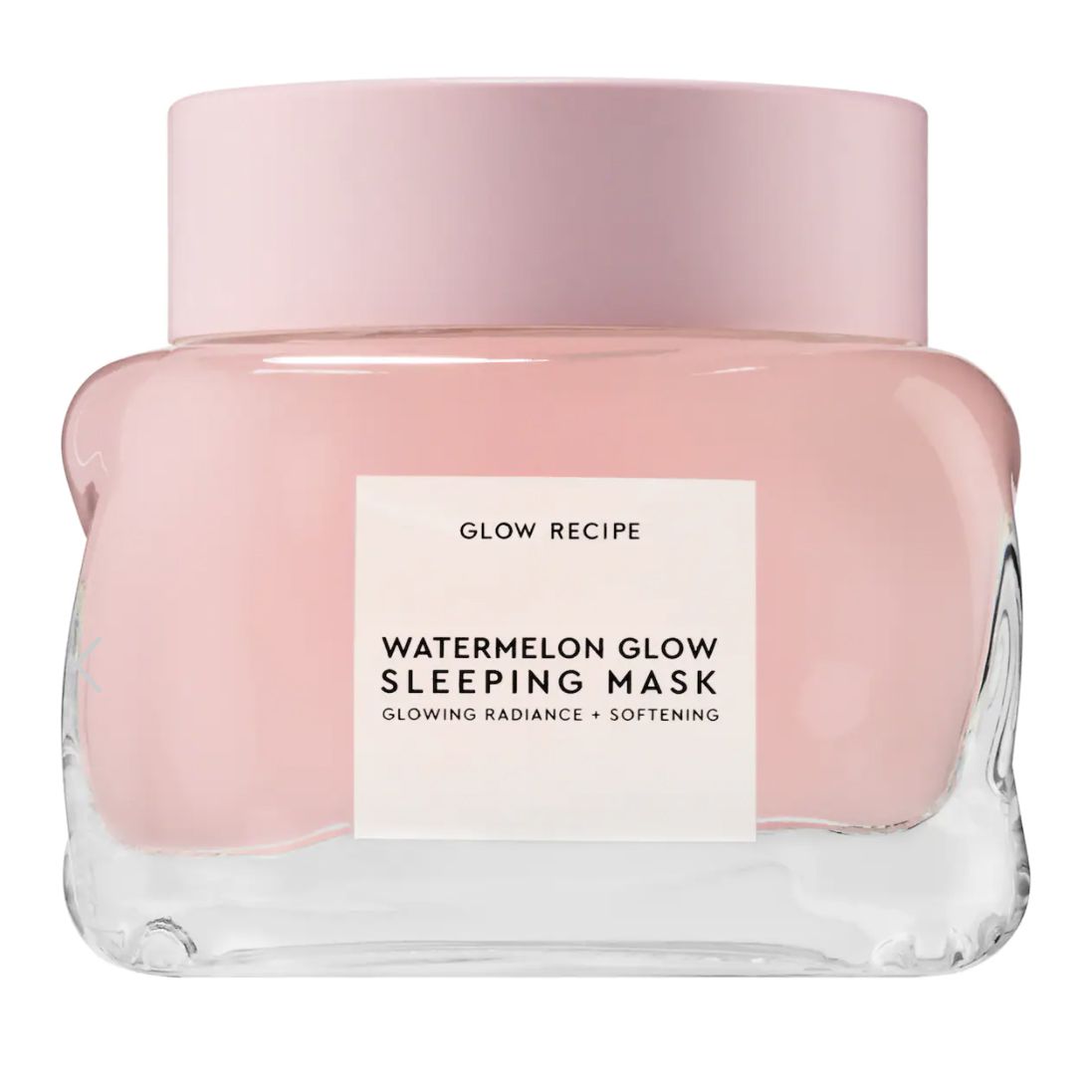Whether you get your skincare advice from Instagram, TikTok, or your dermatologist's office, you've likely heard murmurs about the importance of your skin's pH. But if it's so important, why isn't it clearly labeled on skincare products the way the fragrance, talc, and alcohol are?
It's a question for the ages, and while we don't have the answer as to why brands don't specifically call out their product's pH, we do have everything you need to know about why dermatologists and estheticians want you to take care of your skin's pH. But first, let's start with the basics.
What is skin pH?
At the most scientific level, board-certified dermatologist Marisa Garshick, M.D., says that pH (potential of hydrogen) refers to the concentration of hydrogen ions present on the skin's surface.
"The pH indicates how acidic or alkaline (basic) something is, with a higher pH being more basic and a lower pH being more acidic," she explains. "Skin pH refers to the specific pH of the skin which tends to be more acidic, ranging from 4.5-5.5."
Why does skin pH matter?
The more acidic it is, the stronger it is against threats of damage and infection. In that way, board-certified dermatologist Hadley King, M.D., says that "the acid mantle functions as the final barrier between you and the outside world — to keep in moisture and nutrients and keep out pathogens, allergens, and toxins."
What happens when your skin’s pH is thrown off?
When your skin's pH is off-balance, your complexion can become more sensitive. "It can leave the skin susceptible to skin conditions such as acne and eczema by also impacting the skin barrier," Dr. Garshick says, adding that skin may become dry, sensitive, red, flaky, or irritated. Additionally, she says that an impacted skin barrier can also increase visible signs of aging, increase dullness, and skin may become dry, sensitive, red, flaky, or irritated.
VIDEO: Here's Everything You Need to Know About Salicylic Acid
What causes a pH imbalance on the skin?
Several factors can come into play and throw off your pH — these are the most likely:
1. Your skincare products. According to celebrity esthetician Renée Rouleau, these are the biggest culprits. "When you put alkaline products on the skin, it's going to raise the skin's pH and cause issues like dryness, tightness, cracking, and maybe a higher propensity for fine lines and wrinkles along with a broken skin barrier," she explains. "But then again, with too low of a pH, inflammation, redness, and irritation can occur." To prevent an imbalance, she recommends using the right products for your skin type and using them with the correct frequency.
2. Tap water. While you may love your warm showers, the water you bathe yourself in could be to blame for an impacted pH. "If you have hard water and think it's creating negative issues for your skin, consider investing in a water softener or use bottled water to rinse facial skin and see if that gives improvement," she says.
3. Sweat. "Sweat is a way for us to secrete different compounds like free fatty acids, other lipids, chemicals, and acids onto the skin and that can create an alkaline (high pH) environment on the skin for which it has to recover from," explains Rouleau, but don't sweat it. (Pun intended.) "Just make sure that you are cleansing your skin in an appropriate amount of time," she says.
What’s the best way to get your skin’s pH back on track?
To help keep the skin's pH balanced — as well as to get it back on track if it's thrown off — Dr. Garshick says it's important to use gentle skincare products that won't disrupt the skin's pH.
Generally speaking, Dr. King says that oatmeal-infused products are a good place to start as "oatmeal can help restore normal pH in skin conditions where pH has increased. In this setting, it acts as a buffering agent, thereby aiding in the maintenance of a healthy skin barrier."
For cleanser, Dr. Garshick says to opt for a gentle formula, as opposed to a harsh soap that can strip the skin of its natural oils and disrupt the skin's pH leading to dryness and sensitivity. When looking for gentle cleansers, Rouleau suggests looking for sulfate-free formulas as they tend to be gentler than cleansers that contain them. Lastly, Dr. Garshick says to avoid washing your face too often or too aggressively, as that could disrupt the skin's pH levels.
Speaking from a product-type perspective, Dr. Garshick says that outfitting your routine with an alcohol-free toner can be beneficial, too. "Toners were initially developed to help regulate the skin's pH and were designed to help restore the skin's natural pH after cleansing," she explains. "The skin has a naturally acidic pH and generally after cleansing the skin may become more alkaline or basic, depending on the cleanser used, so using a toner after cleansing helps to restore the skin's natural pH."
Additionally, Dr. Garshick points out that AHAs (such as lactic and glycolic acid) and BHAs (like salicylic acid) are also worth adding into your routine, as they're more acidic which generally makes them a safer bet for your skin from a pH standpoint. She suggests slowly incorporating them into your routine.
Lastly, Dr. Garshick points out that vitamin C is also a pH-friendly ingredient to work into your regimen. "Topical application of vitamin C appears to be an effective route for delivering ascorbic acid to the skin because ascorbic acid appears to be taken up readily at an acidic pH," she explains.
With all this in mind, Rouleau points out that regardless of what you use, your skin will naturally rebalance its pH. "However, tap water on the skin can take up to four hours to rebalance and if you apply something that's really alkaline (high pH), it can take up to six hours to rebalance," she says. "This is why the right pH balanced toner used after cleansing can restore the skin to a good pH."
Source: Read Full Article





